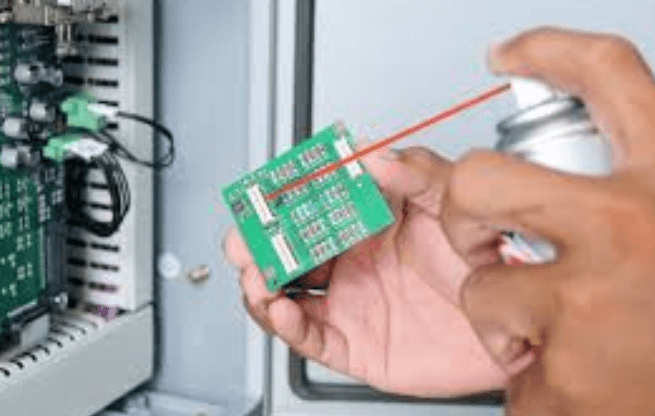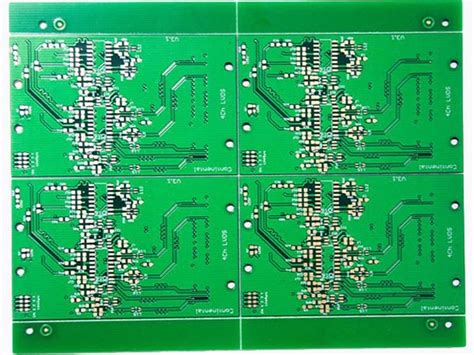Sharing of cleaning tips for PCB circuit boards
PCB circuit boards are widely used in China. During the production process of circuit boards, pollutants will be generated, including the residues of flux and adhesives, and other pollutants such as dust and debris in the production process. If the PCB board cannot effectively ensure the cleaning surface, the resistance and leakage will cause the PCB circuit board to fail, thus affecting the service life of the product. Therefore, cleaning the PCB circuit board is an important step in the production process.

Semi-aqueous cleaning mainly uses solvents and double distilled water, and adds a certain amount of surfactants and preservatives to form a cleaning agent.
This type of cleaning is close to solvent cleaning and water cleaning. This cleaning fluid is a solvent, a flammable organic solvent, with a high open flash point, low toxicity, and safe to use, but it must be cleaned with tap water and then dried. Water purification technology is the development trend of future cleaning technology, and it is necessary to establish a pure water resource and sewage treatment workshop. With water as the cleaning medium, surfactants, modifiers, corrosion inhibitors and chelating agents are added to the water to form a series of water-based cleaning fluids. It can remove water solvents and non-optical pollutants.
It is used to remove flux or solder paste without cleaning during welding, and directly enter the next process cleaning after welding.
It is no longer a free cleaning technology. It is the most common replacement technology at present, especially for mobile communication products. Most of them are used in a one-time way to replace ODS. Organic solvent cleaning is suitable for organic solvent melting to remove pollutants. Organic solvent cleaning requires simple equipment due to its fast evaporation and strong solubility.

The above four cleaning technologies can achieve a certain cleaning effect, but how can we effectively clean PCB boards?
The use of ultrasonic cleaners can solve the problem. It uses the function of ultra-high frequency to convert mechanical energy in liquid materials, causing cavitation effect, generating thousands of tiny bubbles, and then colliding with the surface of the object, so that the surface stains fall off, thereby achieving the cleaning effect. Because it is based on liquid, as long as the liquid can touch the surface of the surface, it can be cleaned in time without leaving blind spots.
It can work on each surface of multiple objects at the same time. It is very effective and quick and can clean in about 15 minutes. One advantage of using ultrasonic cleaning is that it can effectively restore, improve the working capacity of pads and components, and reduce interference signals.







